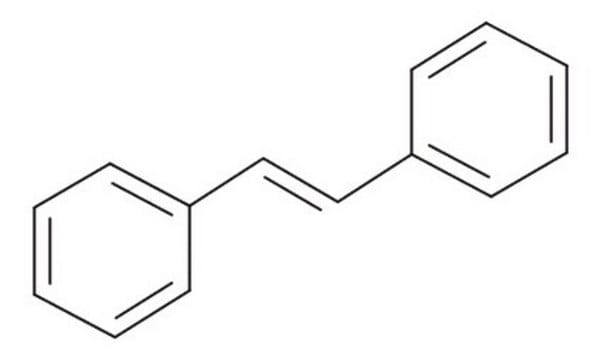BCR096
Dibenzo[a,l]pyrene
BCR®, certified reference material
Seleccione un Tamaño
US$ 2.110,00
Fecha estimada de envío02 de junio de 2025
Seleccione un Tamaño
About This Item
US$ 2.110,00
Fecha estimada de envío02 de junio de 2025
Productos recomendados
grado
certified reference material
Agency
BCR®
fabricante / nombre comercial
JRC
técnicas
HPLC: suitable
gas chromatography (GC): suitable
Formato
neat
temp. de almacenamiento
2-8°C
cadena SMILES
c1ccc2c(c1)cc3ccc4cccc5c6ccccc6c2c3c45
InChI
1S/C24H14/c1-2-8-18-16(6-1)14-17-13-12-15-7-5-11-20-19-9-3-4-10-21(19)24(18)23(17)22(15)20/h1-14H
Clave InChI
JNTHRSHGARDABO-UHFFFAOYSA-N
¿Está buscando productos similares? Visita Guía de comparación de productos
Nota de análisis
BCR096
Información legal
Palabra de señalización
Danger
Frases de peligro
Consejos de prudencia
Clasificaciones de peligro
Carc. 1B - Eye Dam. 1 - Muta. 2
Código de clase de almacenamiento
6.1C - Combustible acute toxic Cat.3 / toxic compounds or compounds which causing chronic effects
Clase de riesgo para el agua (WGK)
WGK 3
Punto de inflamabilidad (°F)
Not applicable
Punto de inflamabilidad (°C)
Not applicable
Elija entre una de las versiones más recientes:
Certificados de análisis (COA)
It looks like we've run into a problem, but you can still download Certificates of Analysis from our Documentos section.
Si necesita más asistencia, póngase en contacto con Atención al cliente
¿Ya tiene este producto?
Encuentre la documentación para los productos que ha comprado recientemente en la Biblioteca de documentos.
Artículos
This application note describes the fast and efficient separation of the EU’s list of 15 + 1 polynuclear aromatic hydrocarbons (PAHs) using Ascentis® Express PAH HPLC column.
Active Filters
Nuestro equipo de científicos tiene experiencia en todas las áreas de investigación: Ciencias de la vida, Ciencia de los materiales, Síntesis química, Cromatografía, Analítica y muchas otras.
Póngase en contacto con el Servicio técnico![Dibenzo[a,h]pyrene BCR®, certified reference material](/deepweb/assets/sigmaaldrich/product/structures/246/746/f3144b1e-aff5-4c36-8701-769da2ffe8c0/640/f3144b1e-aff5-4c36-8701-769da2ffe8c0.png)



![Benzo[b]fluoranthene 98%](/deepweb/assets/sigmaaldrich/product/structures/175/744/6fa5fca2-b6ec-47b6-ab7a-fe895843f226/640/6fa5fca2-b6ec-47b6-ab7a-fe895843f226.png)



![Benzo[c]phenanthrene BCR®, certified reference material](/deepweb/assets/sigmaaldrich/product/structures/648/125/2a3af6d7-416c-496c-a9dd-ac027499dbd5/640/2a3af6d7-416c-496c-a9dd-ac027499dbd5.png)

